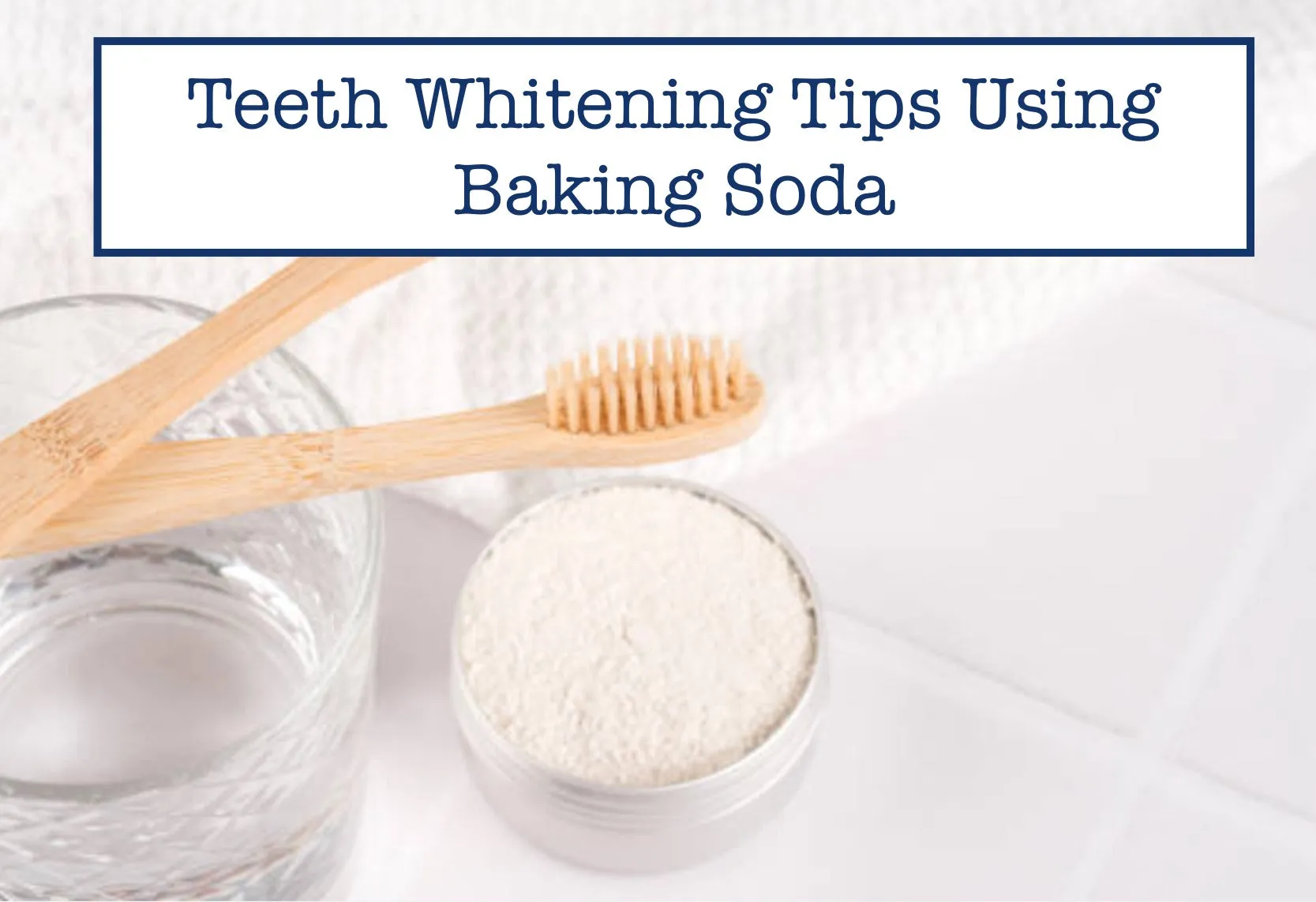Understanding Teeth Whitening and Baking Powder
Teeth whitening has become increasingly popular, with people seeking brighter smiles for aesthetic and confidence-boosting reasons. Various methods, from professional treatments to at-home remedies, are available. Among these, baking powder is often touted as a simple and affordable option. But before jumping on the bandwagon, it’s crucial to understand what teeth whitening entails and how baking powder fits into the picture. Teeth whitening works by removing stains and discoloration from the enamel, the outer layer of the tooth. This can be achieved through chemical reactions that break down stain molecules or physical abrasion that removes surface stains. The effectiveness and safety of any whitening method depend on the underlying mechanism and the concentration of active ingredients.
What is Baking Powder and How Does It Work
Baking powder, a common household ingredient, is primarily used in cooking and baking. It’s a leavening agent, meaning it helps baked goods rise. But how does this relate to teeth whitening? Understanding the composition and properties of baking powder is essential to assess its potential role in oral care. The active ingredients in baking powder are the key to understanding its functionality. These elements determine its effectiveness and the associated risks. Therefore, it is crucial to analyze the details before trying any baking powder solution for teeth whitening.
The Composition of Baking Powder
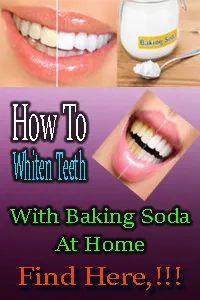
Baking powder typically consists of sodium bicarbonate (baking soda), an acidifying agent (like cream of tartar or sodium aluminum sulfate), and a drying agent (such as cornstarch). Sodium bicarbonate is the primary active ingredient, responsible for the leavening action. The acidifying agent reacts with sodium bicarbonate in the presence of moisture, producing carbon dioxide gas, which causes the dough or batter to expand. The cornstarch acts as a buffer and prevents the components from reacting prematurely. The specific formulation can vary slightly depending on the brand, but these three components are generally present. The concentration and type of these components are essential to consider when using baking powder for purposes other than baking.
Baking Powder’s Abrasive Properties
Sodium bicarbonate, the primary component of baking powder, is a mild abrasive. This abrasive quality is what some believe contributes to its teeth-whitening potential. When used on teeth, baking powder can help remove surface stains caused by food, drinks (like coffee and tea), and other substances. However, it’s this abrasive nature that also poses risks. Overuse or aggressive brushing with baking powder can erode the enamel, leading to increased sensitivity and long-term damage. Therefore, understanding the abrasive properties and using caution is key to any application of baking powder.
Baking Powder’s Potential for Teeth Whitening
The idea that baking powder can whiten teeth stems from its abrasive properties. As mentioned, the mild abrasiveness of baking powder can help scrub away surface stains. This can give the appearance of whiter teeth by removing the discolored deposits. However, it’s essential to distinguish between removing surface stains and truly whitening the teeth. True whitening involves altering the internal color of the tooth enamel, which baking powder isn’t designed to do effectively. Other whitening agents, such as hydrogen peroxide, penetrate the enamel to achieve this. Even though baking powder can improve the appearance of the teeth, it’s a superficial effect that doesn’t fundamentally change the tooth’s intrinsic color.
How Baking Powder Might Remove Stains
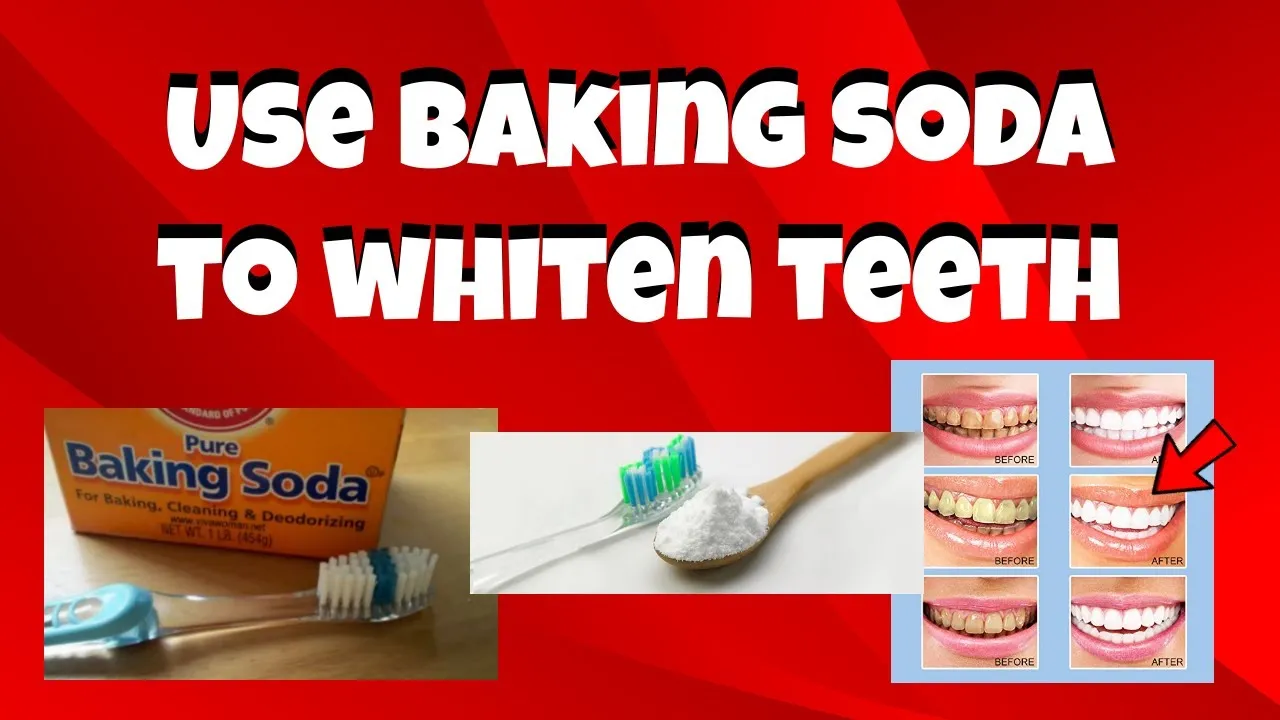
Baking powder’s stain-removing action is purely mechanical. It works similarly to how a mild scrubbing agent works. When used with gentle brushing, the small particles of baking powder help to dislodge and remove stain particles clinging to the enamel’s surface. This is why you might feel a difference in the smoothness of your teeth after using baking powder. The effect is more pronounced on surface stains from things like coffee, tea, and certain foods. It won’t affect stains that have penetrated deeper into the enamel or those caused by intrinsic factors like genetics or medication. This abrasive action, while effective for removing some stains, carries the risk of damaging the enamel if not done carefully and sparingly.
Scientific Evidence for Teeth Whitening
While baking powder has anecdotal support for teeth whitening, scientific evidence is limited. Some studies suggest that baking soda (sodium bicarbonate) can help remove stains and slightly whiten teeth. However, the results are often less dramatic than those achieved with professional treatments or over-the-counter whitening products containing peroxide. Furthermore, most studies focus on the use of baking soda in toothpaste formulations, rather than pure baking powder. The research doesn’t provide a strong consensus about its effectiveness or safety for long-term use. The lack of robust scientific evidence indicates the need for more research to validate the true effectiveness of baking powder for teeth whitening.
Step-by-Step Guide How to Use Baking Powder
If you still want to try using baking powder for teeth whitening, it’s crucial to do so cautiously and follow the correct methods. Improper use can lead to enamel damage and other oral health issues. There are a couple of common ways to use baking powder. Remember that this method should be used infrequently and always with a soft-bristled toothbrush. The goal is to minimize any potential harm while still attempting to remove surface stains. If you experience any sensitivity or discomfort, stop using baking powder immediately and consult your dentist.
Methods for Applying Baking Powder
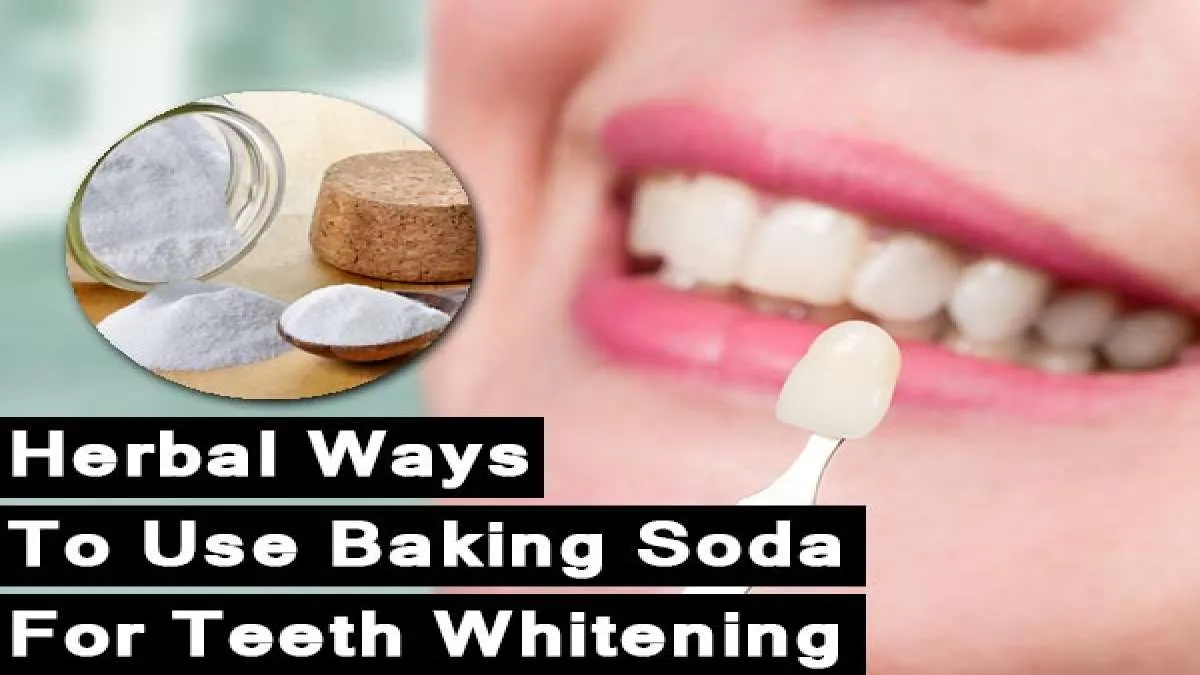
Baking Powder and Water Paste
Mix a small amount of baking powder (about a teaspoon) with enough water to form a paste. The consistency should be similar to toothpaste not too watery, nor too thick. Dip a soft-bristled toothbrush into the paste. Gently brush your teeth using circular motions for no more than two minutes. Rinse your mouth thoroughly with water after brushing. Be very gentle, avoid applying too much pressure. Over-brushing will do more harm than good. Only use this method no more than once or twice a week.
Baking Powder and Toothpaste Mixture
Mix a small amount of baking powder (a pinch) with your regular toothpaste on your toothbrush. Brush your teeth as usual, using gentle circular motions for no more than two minutes. Rinse your mouth thoroughly. This method can potentially reduce the abrasiveness of the baking powder. However, it’s still important to use it sparingly, preferably once or twice a week. The toothpaste adds fluoride, which is crucial to protecting enamel. Always prioritize using fluoride toothpaste, and be mindful of the amount of baking powder you add.
Recommended Frequency and Duration
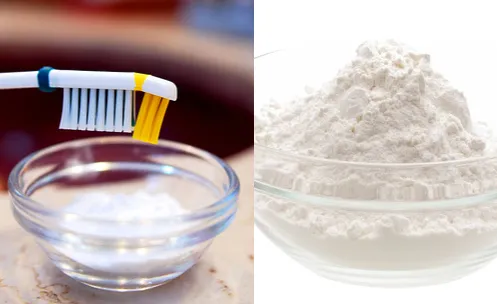
Due to its abrasive nature, the use of baking powder for teeth whitening should be infrequent. Dentists generally recommend using it no more than once or twice a week. Brushing for extended periods is also discouraged. Aim for a maximum of two minutes to minimize the risk of enamel damage. If you experience any sensitivity, stop using baking powder and consult your dentist. Regular dental check-ups are essential to monitor the health of your enamel and overall oral health. Overuse can lead to significant dental issues.
Risks and Side Effects of Using Baking Powder
While baking powder might offer some superficial benefits for teeth whitening, it’s crucial to be aware of the potential risks and side effects. The abrasive nature of baking powder, which contributes to its stain-removing capabilities, also poses a threat to the enamel. Overuse or incorrect application can lead to long-term dental problems. Protecting the health of your teeth should always be the priority. Therefore, understanding the potential downsides is essential to making informed decisions.
Potential Damage to Enamel
The most significant risk associated with using baking powder for teeth whitening is enamel erosion. Enamel is the hard, protective outer layer of your teeth. It is the strongest substance in the human body. However, it can be damaged by abrasion. Baking powder is mildly abrasive and, with repeated use or aggressive brushing, can wear down the enamel. This erosion makes teeth more vulnerable to cavities, sensitivity, and discoloration. Once enamel is damaged, it doesn’t regenerate. Any damage is permanent and requires professional dental care to fix.
Gum Irritation and Sensitivity
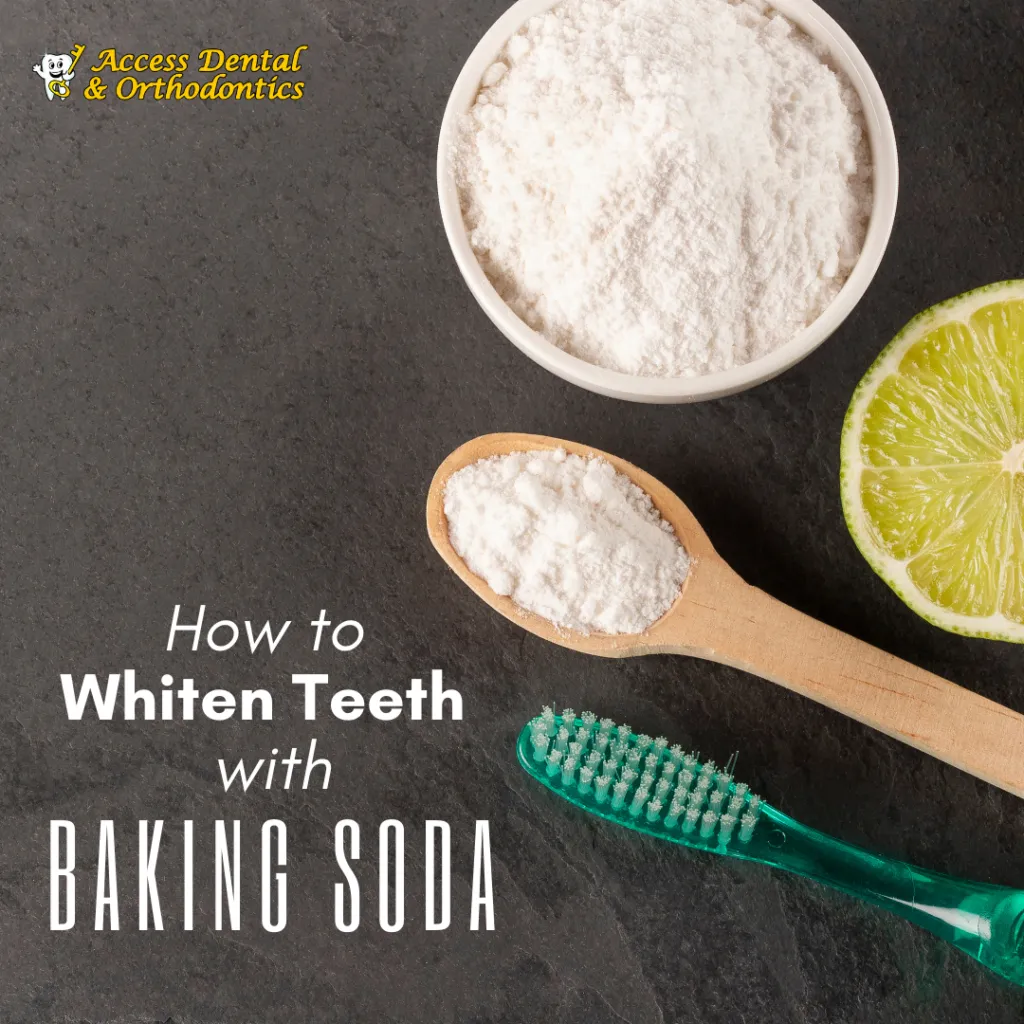
Baking powder can irritate the gums, especially if used excessively or if your gums are already sensitive. The abrasive particles can cause minor abrasions and inflammation, leading to redness, swelling, and bleeding. Furthermore, enamel erosion increases tooth sensitivity. As the enamel thins, the underlying dentin, which contains nerve endings, becomes exposed. This can result in sharp pain or discomfort when consuming hot, cold, sweet, or acidic foods and drinks. If you experience any of these symptoms, it’s essential to discontinue the use of baking powder and seek professional dental advice.
Alternatives to Baking Powder for Whitening
If you are looking for ways to whiten your teeth, safer and more effective alternatives to baking powder are available. These options range from professional dental treatments to over-the-counter products. They offer varying degrees of whitening while minimizing the risks associated with abrasive home remedies. Choosing the best method depends on your desired results, budget, and oral health condition. Before starting any teeth-whitening regimen, consulting with your dentist is always recommended.
Professional Teeth Whitening Options
Professional teeth whitening performed by a dentist is the most effective and safest way to whiten your teeth. Dentists use a high concentration of hydrogen peroxide or other whitening agents. They apply this under controlled conditions, which protects your gums and ensures even whitening. There are different types of professional whitening. In-office whitening provides immediate results and takes about an hour. Your dentist can also offer custom-fitted trays for at-home whitening with a professional-strength formula. These treatments deliver significant results while minimizing risks. This is because the dentist can monitor your progress and address any sensitivity issues that might arise. In addition, your dentist is aware of the best practices for optimal results.
Over-the-Counter Whitening Products
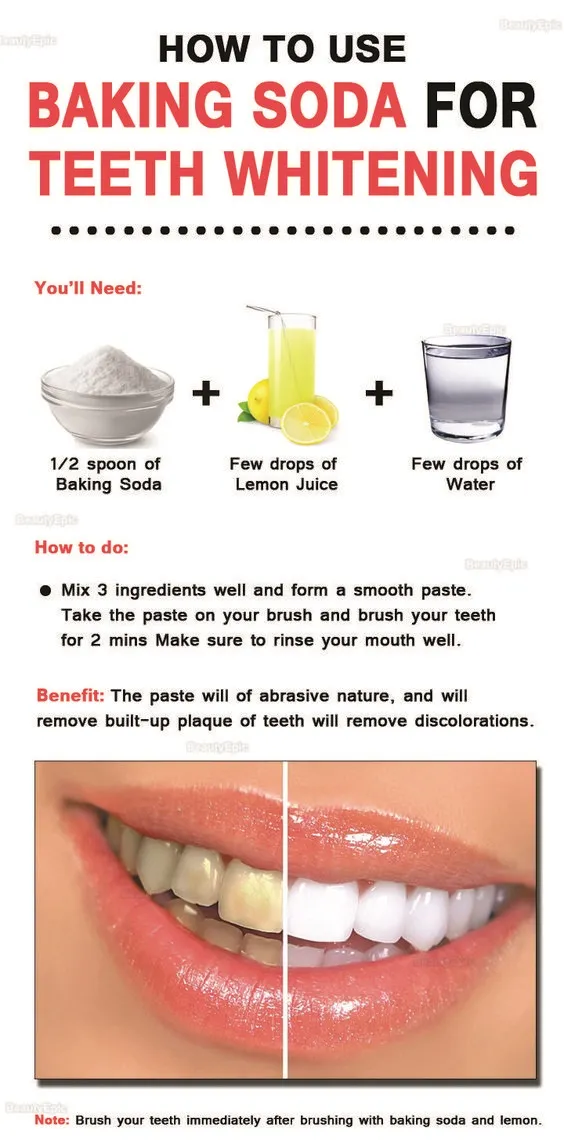
A variety of over-the-counter whitening products is available, including whitening strips, toothpastes, and gels. These products usually contain lower concentrations of hydrogen peroxide or other whitening agents than professional treatments. Whitening strips are easy to use and can provide noticeable results after a few weeks. Whitening toothpastes work by removing surface stains, often containing mild abrasives or chemicals. While these products are generally safe, it is essential to follow the instructions carefully. Be aware of the concentration of the active ingredients. If you have sensitive teeth or gums, consult with your dentist before using them. Also, look for products with the American Dental Association (ADA) Seal of Acceptance.
Maintaining a Bright Smile
Regardless of the teeth whitening method you choose, maintaining a bright smile involves a combination of good oral hygiene practices and lifestyle choices. Consistent care and attention will help preserve the results of any whitening treatment and keep your teeth healthy. This also prevents the recurrence of stains and discoloration. Focusing on oral hygiene and a balanced diet will do the most for your smile.
Best Practices for Oral Hygiene
Proper oral hygiene is fundamental for a healthy, bright smile. Brush your teeth at least twice a day for two minutes using a soft-bristled toothbrush and fluoride toothpaste. Floss daily to remove plaque and food particles from between your teeth, where your toothbrush can’t reach. Regular dental check-ups and professional cleanings are essential. Your dentist can remove plaque and tartar, identify any early signs of dental problems, and offer personalized advice. Using mouthwash can also help kill bacteria and freshen your breath. Rinse with a fluoride mouthwash to protect your teeth further. These steps will improve your oral hygiene and help your teeth look better.
Dietary Considerations for Teeth Whitening
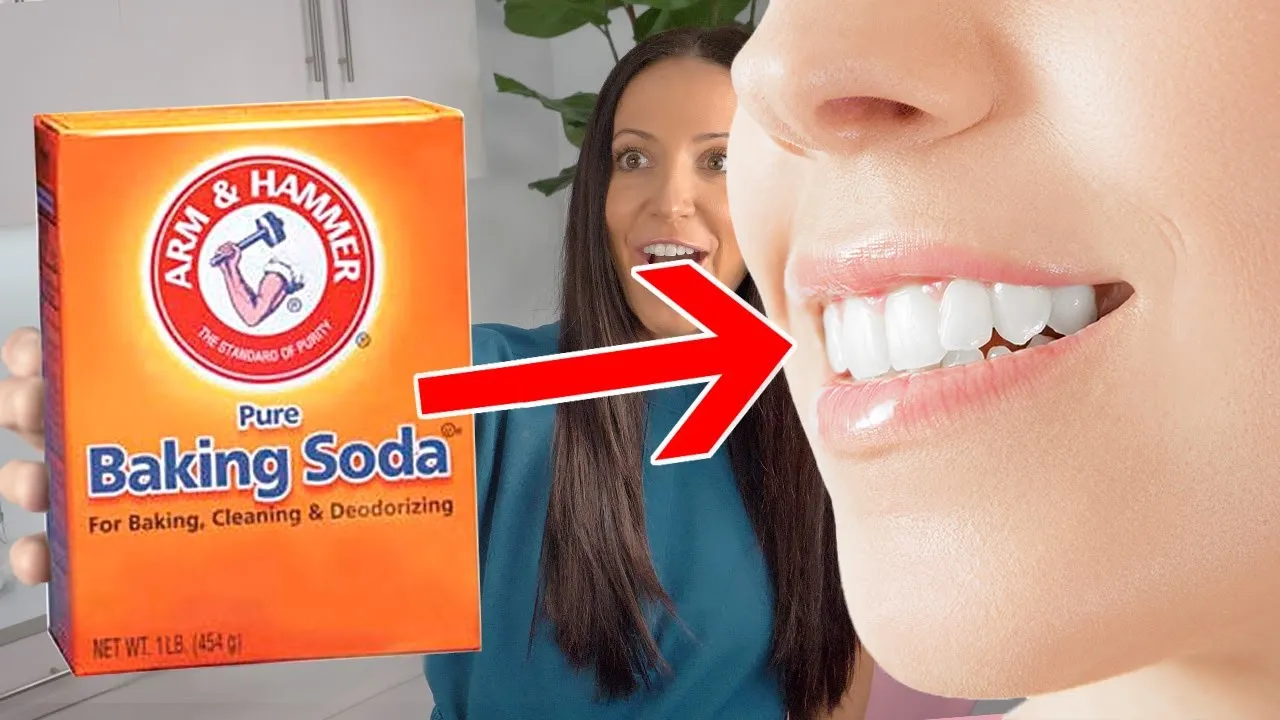
Your diet plays a significant role in the color and health of your teeth. Certain foods and drinks can stain teeth, while others support oral health. Limit your consumption of staining foods and drinks, such as coffee, tea, red wine, and dark berries. Consume these in moderation, and consider rinsing your mouth with water after consuming them. Include teeth-friendly foods in your diet. Crunchy fruits and vegetables, like apples and carrots, help clean teeth and stimulate saliva production. Saliva helps neutralize acids and wash away food particles. Dairy products, like milk and cheese, are rich in calcium, which strengthens teeth. Drinking plenty of water also helps keep your mouth clean and hydrated. These simple steps will help promote a healthy, bright smile.
